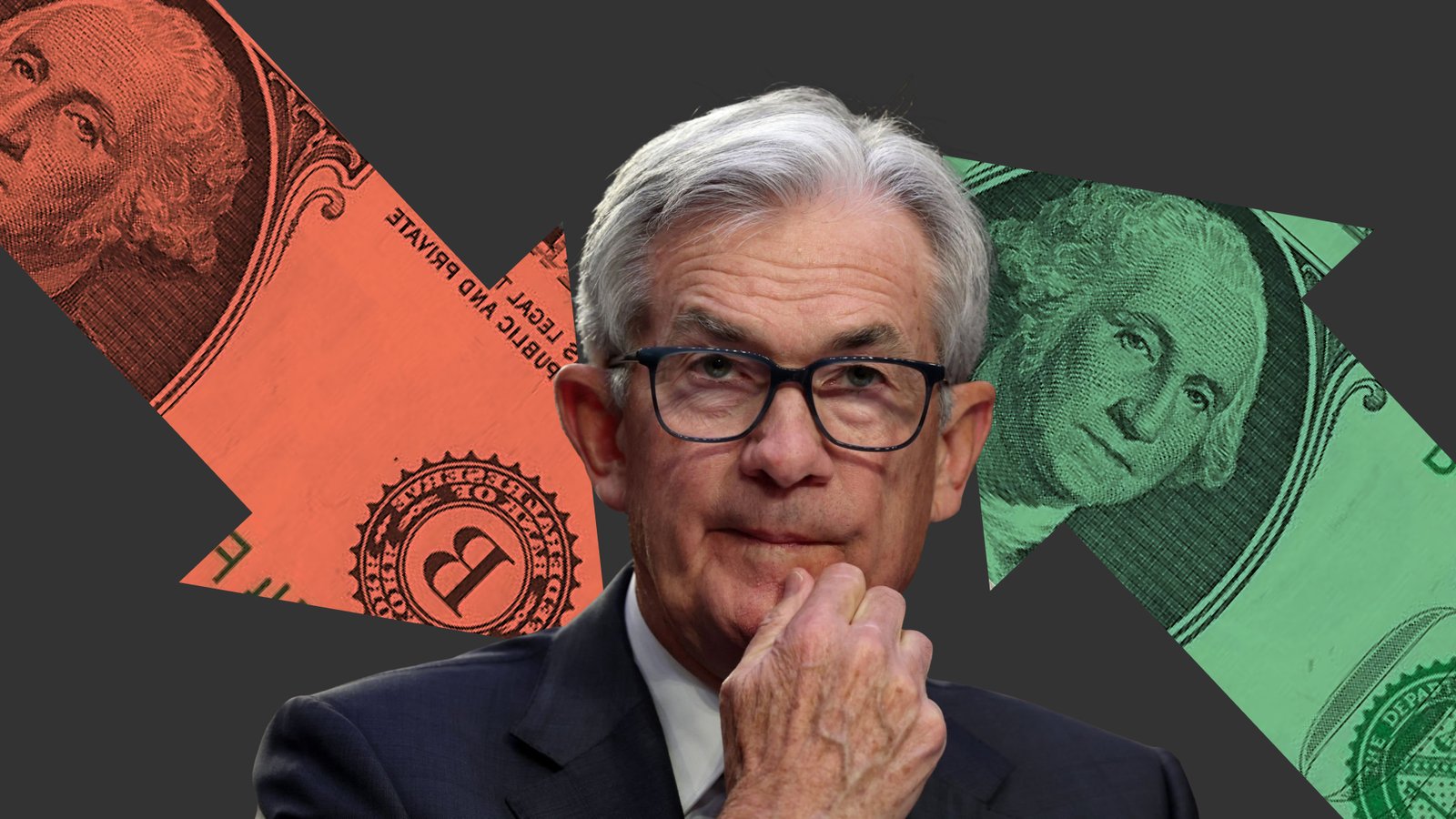PCE index release to determine Fed’s next move
Financial markets expect interest rates to be impacted by February’s PCE results

The US Federal Reserve uses the PCE index to assess inflation and guide interest rate decisions
If the upcoming Core PCE figures are shown a rise in core inflation numbers, which may pressure the Fed into taking further action
Market reaction to PCE index likely to affect prices of S&P500, USD and precious metals
Markets wait PCE inflation figures
The PCE or Personal Consumption Expenditures index measures how much people living in the US pay for goods and services and it’s an indicator of the current inflation levels and changes in the consumer behaviour. The Core PCE index excludes food and energy from the figures, but the upcoming release of Core PCE inflation print will be closely monitored by the US Federal Reserve as its preferred measure of inflation since 2012.
It’s expected that Core PCE data will show a rise by 0.4% in February, or 4.7% on a year-over-year (YOY) basis. The increase has slowed down compared to January, but is still much higher than the Fed's 2% price target. Rising core PCE numbers will signal that the Fed needs to take further action in combatting inflation.
The release is expected show that the main PCE rose by 0.4%, or 5.1% from February 2022. It could be expected that Fed Chair Jerome Powell's "super core" indicator, which also excludes housing, will rise 0.4% in February and 4.8% YOY.
How the PCE release may impact markets and interest rates
The PCE index is crucial for determining future policymaking and assessing the effectiveness of the Fed's previous actions concerning inflation and banking fears. The Fed is likely to cut interest rates if banking fears rise, while higher-than-expected inflation data could lead to a rate hike.
The Federal Open Market Committee (FOMC) did not have the February’s PCE numbers when they met in March, but instead relied on an approximate PCE reading based on CPI and PPI data. This likely generated the decision to hike interest rates by 25 basis points, despite the recent stress of the banking sector.
If the PCE index comes in below 4.5%, this will ease pressure on the Fed to hike rates and result in some upside for the S&P500, weakness for the USD and an increase in precious metal prices. On the other hand, if the print comes in above 4.9%, it will increase the pressure on the Federal Reserve and weigh on the S&P500, boost the USD, and lead to a decrease in precious metal prices.
According to short-term interest rate (STIR) markets, the Fed is expected to cut rates twice this year, with US interest rates at 4.22% at the end of the year. The probability of another 25-basis point rate hike or an on-hold decision is currently seen as a 50/50 chance.
The Fed is likely to cut interest rates if banking fears rise, while higher-than-expected inflation data could lead to a rate hike









